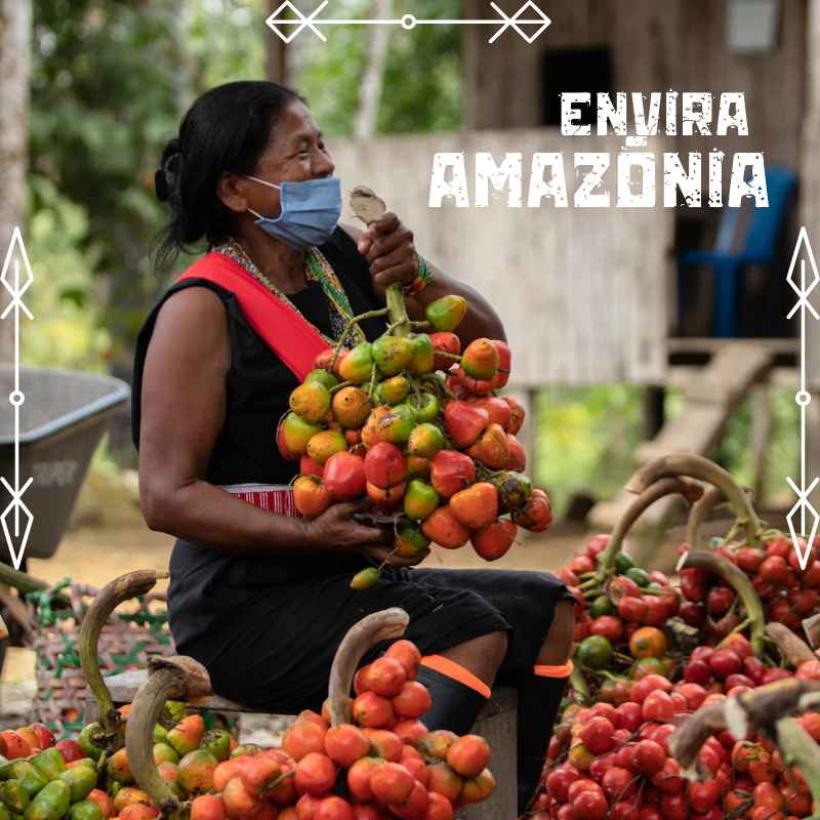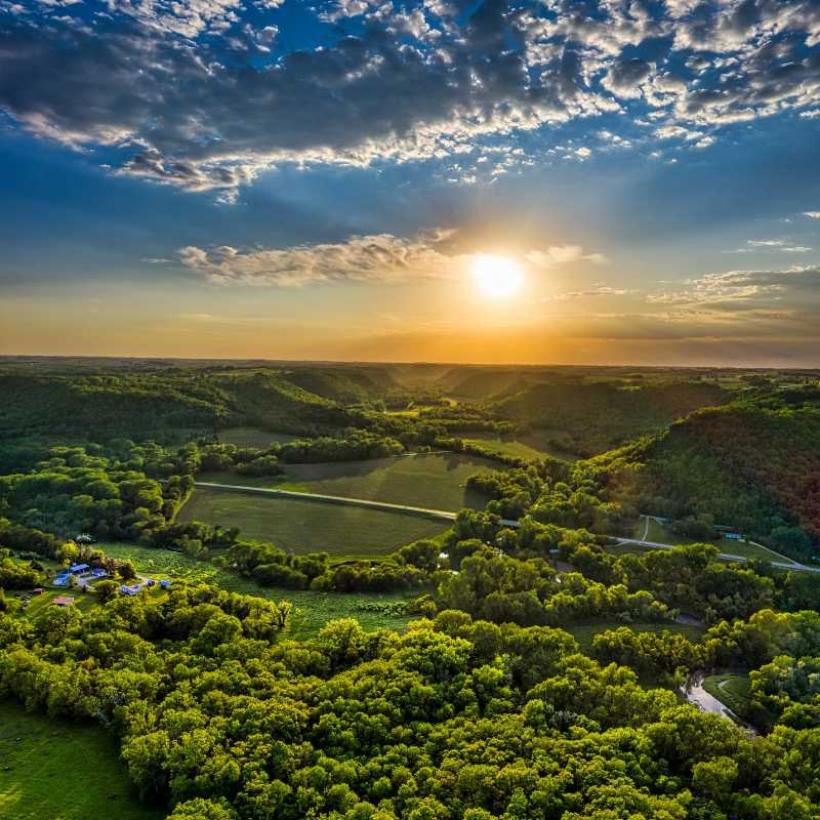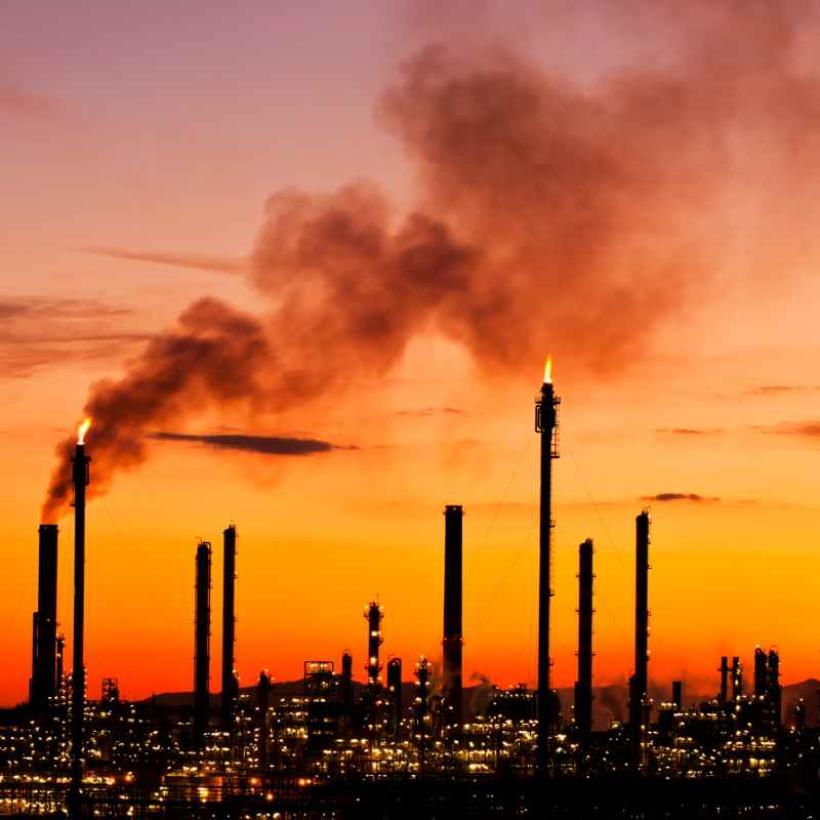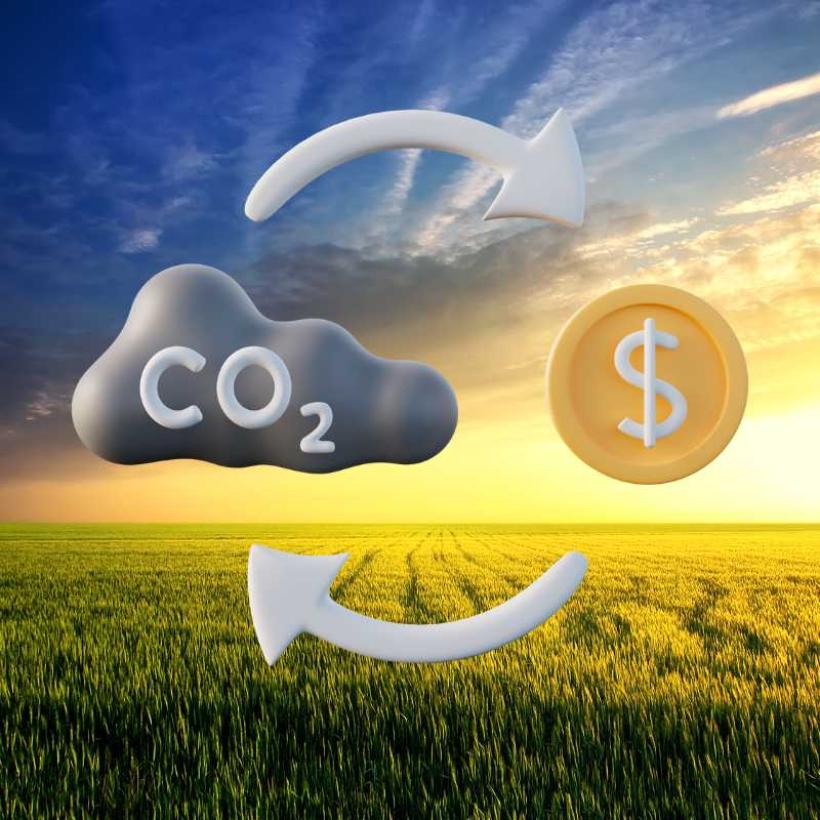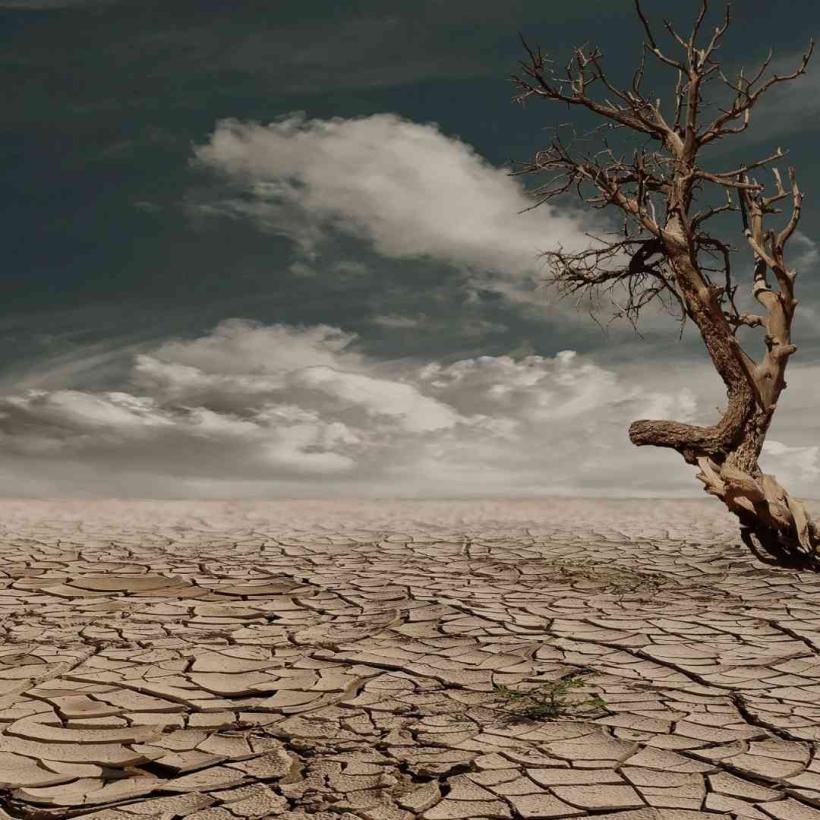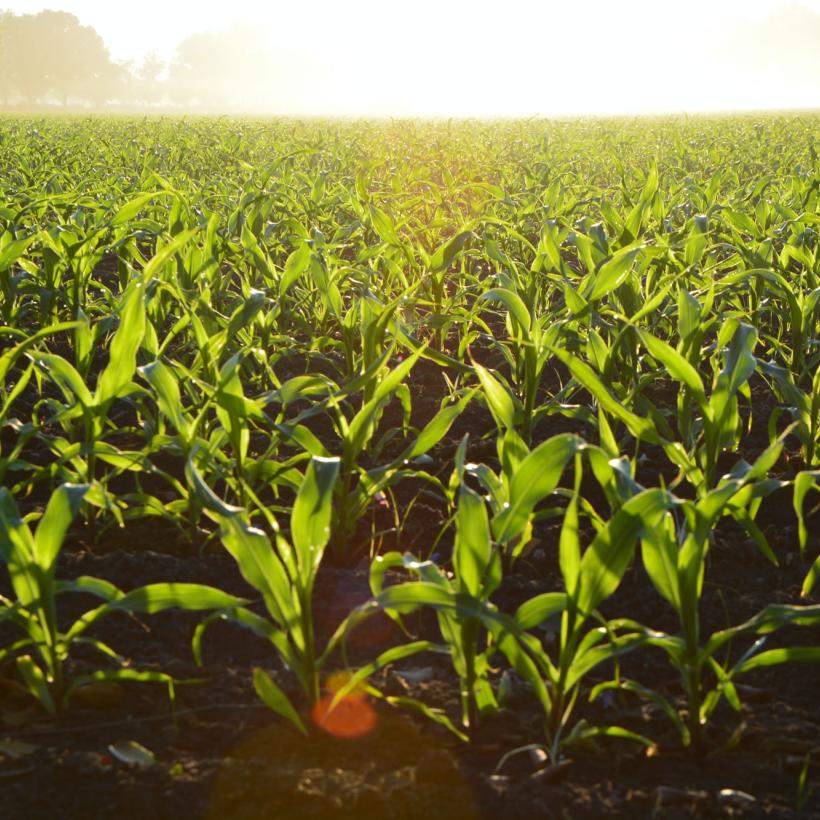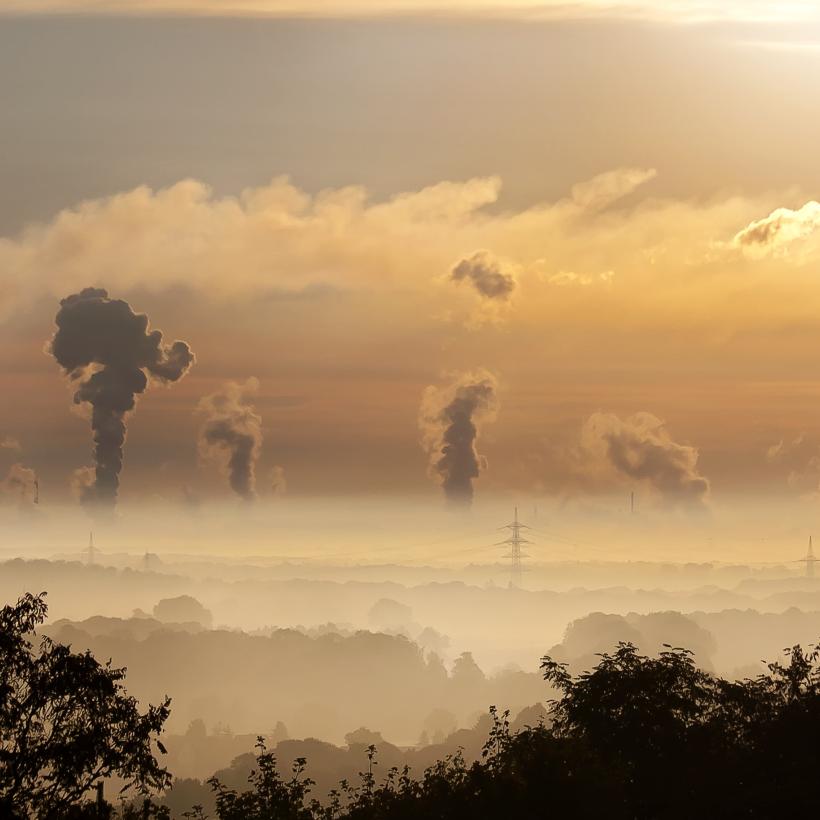
Confira quais devem ser alguns dos temas mais importantes da COP-27.
A COP-27 deve ficar marcada como o encontro da implementação, já que se ambiciona com grande expectativa a efetivação de acordos que vêm sendo costurados a fim de dar efetividade ao artigo 6 do Acordo de Paris que, por sua vez, deu amparo para efetividade de um mercado global de carbono.
Após o encontro em Glasgow, onde regras mais estruturantes foram definidas, agora, na COP-27, se espera a adoção de instrumentos para alinhamento de processos mais finos e operacionais, que sejam capazes de garantir a circulação e segurança dos ativos que, em um “período final de gestação” amarram detalhes que darão suporte a geração de um mercado robusto, transparente e com liquidez. Neste caminho cria-se, em consequência, a certeza da maior participação dos setores privados, no sentido de apoiar esta fase importante e crucial para o "nascimento" do mercado global de carbono.
A MyCarbon é líder em soluções baseadas na natureza na América Latina e está em plena atividade, desenvolvendo soluções para o mercado de carbono em várias frentes, implementando projetos de alta qualidade para um futuro resiliente às mudanças climáticas.
Os desafios da década e os impactos que já estamos vivendo.
Estamos vivenciando um período crucial e determinante em relação à direção que seguiremos rumo a uma relação sustentável com o planeta. Em março de 2020, a Assembleia Geral da ONU “batizou” o período entre 2021 e 2030 como “Década para Restauração dos Ecossistemas”. E, obviamente, se estamos na década de restauração dos ecossistemas é impensável que ainda estejamos no ciclo da degradação.
Quando pensamos em restauração dos ecossistemas é quase imediata a associação que fazemos entre ecossistemas e florestas, mas precisamos estar atentos pois o âmbito é muito mais amplo. Sim, óbvio, as florestas estão em constante ameaça e destruição, e são vitais para o planeta e para o ser humano, mas mangues, pântanos, pradarias, o cerrado, recifes e corais, por exemplo, estão sob intensa pressão, em estado colapsado. Estes recursos e os seus préstimos ecossistêmicos são essenciais e base para a sustentação de um ambiente de equilíbrio e auto protetivo. Dependemos desse equilíbrio, a custo da sobrevivência do planeta, espécies e sociedade.
Neste cenário, vivemos, sim, uma década de ressignificação, de aportar novos sentidos às nossas interações. Tempo de refletir, repensar, avaliar o “design” das coisas e buscar novos significados.
O restauro desses ambientes que prestam serviços ecossistêmicos, essenciais, como água de qualidade à agricultura e pecuária, e também que proporcionam habitat adequado às várias espécies, peixes, polinizadores estão em evidente caimento.
A Década de Restauração dos Ecossistemas pede uma imediata intensificação na proteção efetiva e restauro dos ecossistemas degradados como forma objetiva de combate a crise climática.
GERACAORESTAURACAO - Cenário atual de Mudança Climática pede resposta urgente e definitiva.
O relatório do Programa das Nações Unidas para o Meio Ambiente (PNUMA) e da Organização das Nações Unidas para a Alimentação e Agricultura (FAO) chamado “A Década para Restauração dos Ecossistemas 2021-2030” é um chamado global para curar o nosso planeta.
Só precisa de cura algo que está adoecido e, por estar adoecido, manifesta sintomas, sinais. Os indicativos de que algo não vai bem são cada dia mais audíveis e indigestos para cerda de 3,2 bilhões de pessoas no mundo. Cerca de 40% da população mundial já sofre com os impactos do desequilíbrio climático e suas manifestações.
É preciso tratar as causas e os efeitos, pois os sintomas são resultados naturais e incontroláveis, que tendem a aumentar a cada dia se nada for feito. Pensando nisto, nas necessidades de tratar as causas e remediar os efeitos, é que as COP’s vem buscando definir objetivos e metodologias para se buscar, no curto e médio prazo combater os principais problemas gerados em função do desequilíbrio climático, como por exemplo:
* mecanismos financeiros para perdas e danos.
* maior apoio às medidas de adaptação locais.
* revisão e fortalecimento das metas locais de redução de GEE.
* financiamento das ações de resiliência às mudanças climáticas.
* definir ritmo para ações de contenção das mudanças climáticas através do avanço no balanço global de emissões.
Para tratar cada um destes pontos é preciso desenvolvimento científico, modelagens matemáticas, criação de metodologias. Muito tempo de trabalho, profissionais de vários setores se mobilizam para desenvolver expertise para que se possa influenciar a sociedade como todo, gerando uma energia que movimente as rodas que fazem este grande circulo girar.
A MyCarbon acredita em saídas para o risco climático, propondo soluções baseadas na natureza, através de ações de agricultura regenerativa, proteção de florestas e da biodiversidade que geram impactos
positivos nas comunidades locais. Trabalhando com a preservação de florestas nativas e investindo em parcerias para restauração florestal. Apoio aos pecuaristas na implementação de práticas regenerativas, recuperando áreas degradadas, melhorando a produtividade e eliminando a necessidade de avanço das fronteiras agrícolas.
A MyCarbon acredita num futuro resiliente às mudanças climáticas.
MyCarbon, responsabilidade com o meio ambiente e com a humanidade. Junte-se a nós!
https://www.decadeonrestoration.org/pt-br
https://wedocs.unep.org/bitstream/handle/20.500.11822/36251/ERPNC.pdf
https://www.unep.org/pt-br/resources/ecosystem-restoration-people-nature-climate






